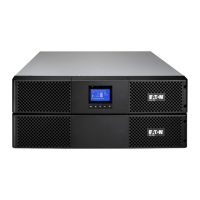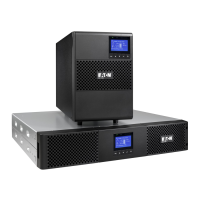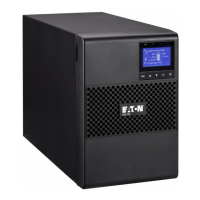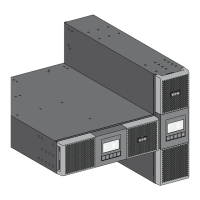What to do if Eaton 9SX3000I UPS shows power overload?
- CCody MercadoAug 12, 2025
If the Power overload LED is On and the UPS beeps continuously, it means that the power requirements exceed the UPS capacity. To resolve this, remove some of the equipment from the UPS. Note that the UPS continues to operate, but may switch to Bypass mode or shut down if the load increases.





